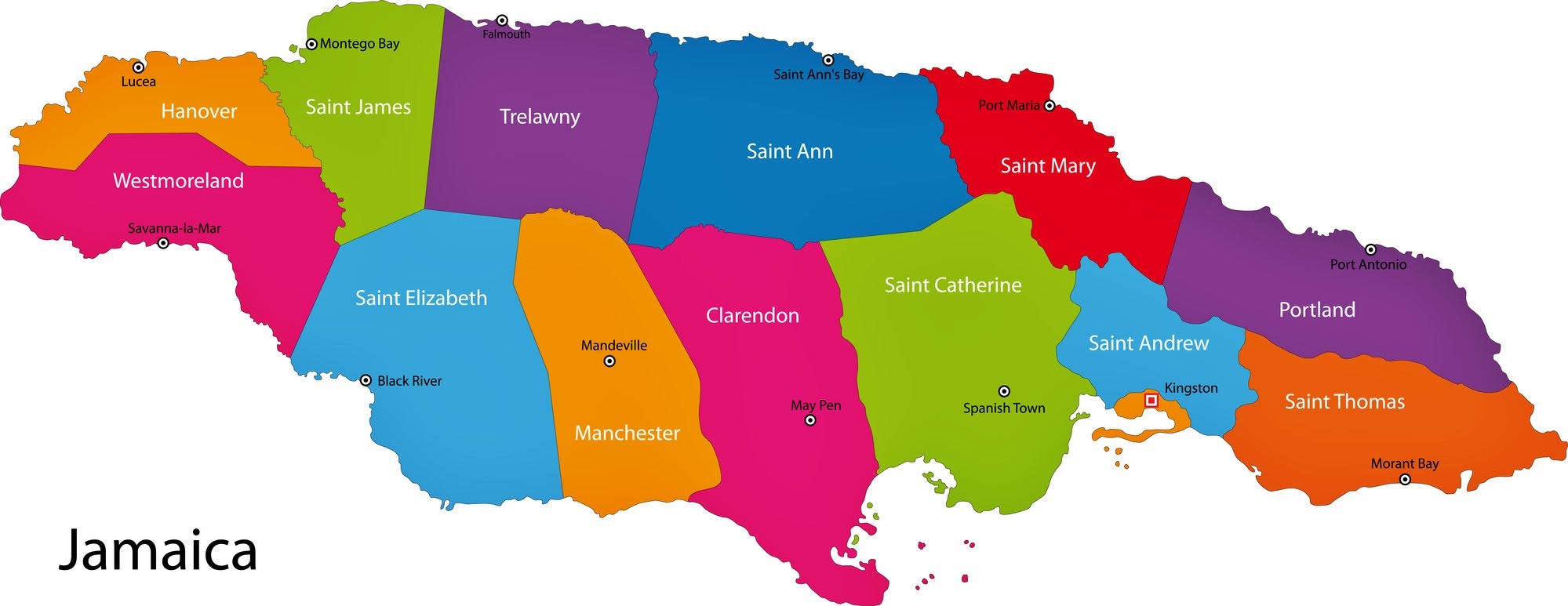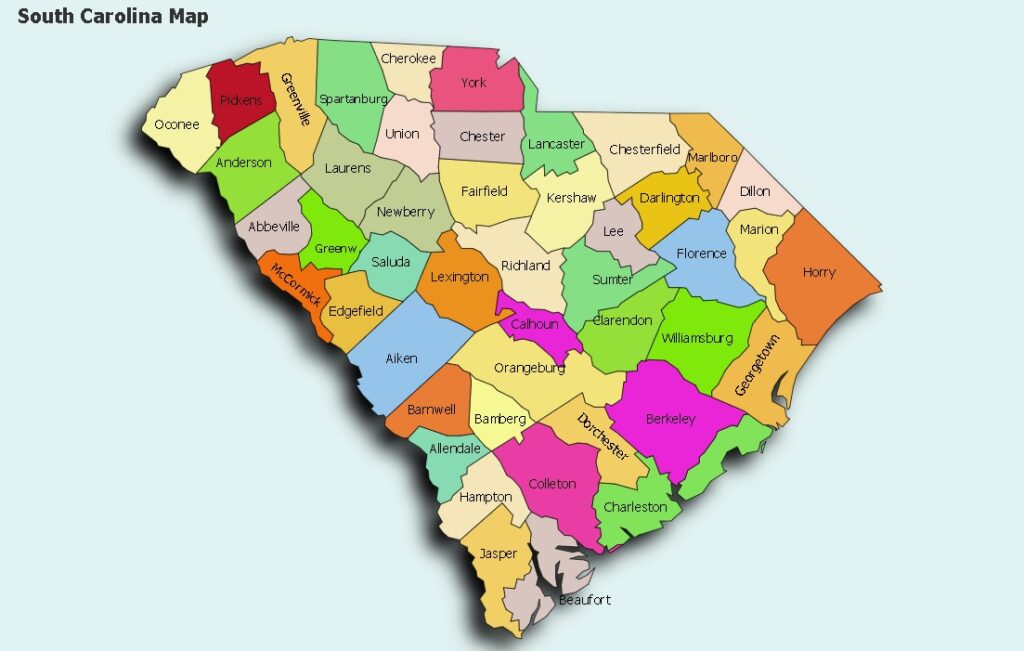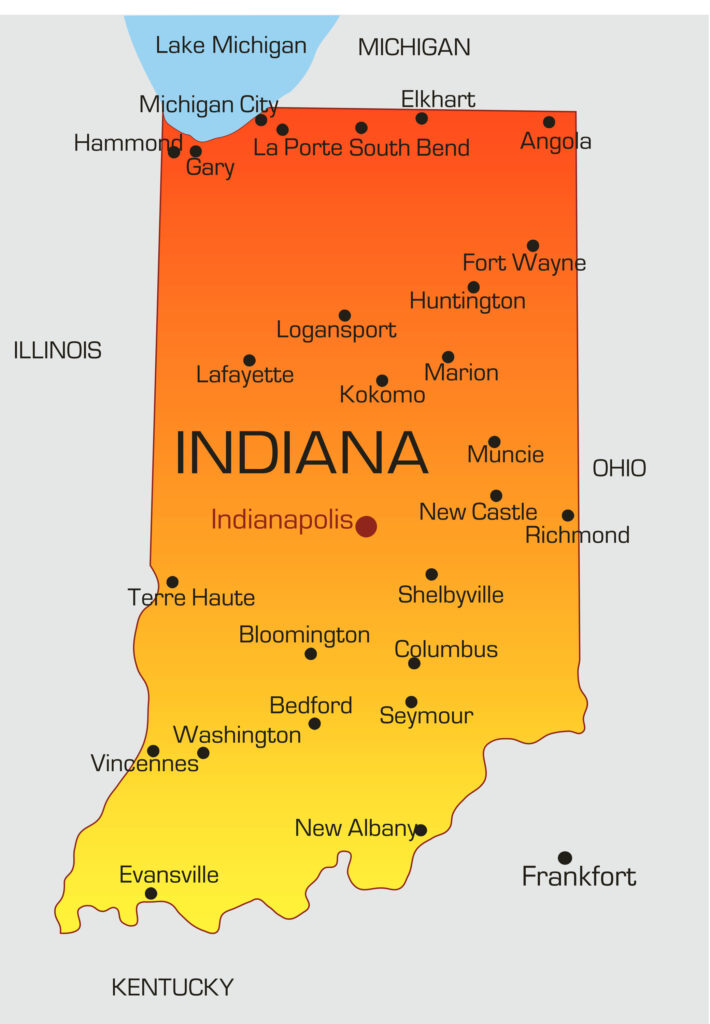Jamaica, an island nation located in the Caribbean Sea, is renowned for its stunning beaches, vibrant culture, and reggae music. In this comprehensive guide, we delve into the maps and facts about Jamaica, providing insights into its geography, history, culture, economy, and tourist attractions. Whether you’re planning a trip or seeking to learn more about this captivating island, this guide offers valuable information about Jamaica’s diverse landscape and rich heritage.
Introduction to Jamaica
Jamaica is the third-largest island in the Caribbean, known for its lush tropical scenery, warm climate, and friendly locals. Its vibrant culture, influenced by African, European, and indigenous Taíno traditions, has made it a popular destination for tourists and travelers from around the world.
Geography of Jamaica
Jamaica is located in the Greater Antilles archipelago, approximately 145 kilometers south of Cuba and 190 kilometers west of Haiti. The island is characterized by rugged mountains, dense rainforests, and pristine beaches.
Mountains
The central portion of Jamaica is dominated by the Blue Mountains, which stretch across the eastern part of the island. The Blue Mountains are home to Jamaica’s highest peak, Blue Mountain Peak, which rises to an elevation of 2,256 meters. The region is renowned for its coffee plantations and breathtaking scenery.
Coastal Areas
Jamaica’s coastline is dotted with numerous bays, coves, and sandy beaches. The northern coast, including popular tourist destinations like Montego Bay and Ocho Rios, features picturesque beaches and crystal-clear waters ideal for swimming, snorkeling, and diving. The southern coast is known for its rugged cliffs and secluded coves, offering a more tranquil escape from the hustle and bustle of the tourist areas.
Historical Overview
Jamaica has a rich and complex history, shaped by indigenous peoples, European colonization, slavery, and independence movements.
Indigenous Inhabitants
Before the arrival of European explorers, Jamaica was inhabited by the Taíno people, who had migrated from South America. The Taíno lived in small villages and practiced agriculture, fishing, and hunting.
Spanish Colonization
In 1494, Christopher Columbus claimed Jamaica for Spain during his second voyage to the Americas. Spanish colonists established settlements and introduced African slaves to work on plantations. However, Spanish rule was characterized by brutality and exploitation, leading to resistance from both indigenous and enslaved peoples.
British Rule and Slavery
In 1655, Jamaica was captured by the British during the Anglo-Spanish War. Under British rule, the island became a major center of the transatlantic slave trade, with enslaved Africans forced to work on sugar, coffee, and banana plantations. The abolition of slavery in 1838 marked a significant turning point in Jamaica’s history.
Independence
Jamaica gained independence from Britain on August 6, 1962, becoming a sovereign nation within the Commonwealth. Since independence, Jamaica has faced challenges such as political instability, economic inequality, and crime, but it has also made significant strides in education, healthcare, and tourism.
Culture and Traditions
Jamaica’s culture is a vibrant mix of African, European, and indigenous influences, expressed through music, dance, cuisine, and religious practices.
Music
Reggae music, with its roots in ska and rocksteady, has become synonymous with Jamaican culture. Legendary musicians like Bob Marley, Peter Tosh, and Jimmy Cliff have brought international recognition to reggae, spreading messages of love, unity, and social justice.
Cuisine
Jamaican cuisine is known for its bold flavors and unique spices. Popular dishes include jerk chicken, curry goat, ackee and saltfish, and rice and peas. Street food vendors, known as “jerk stands,” serve up delicious grilled meats and savory snacks to locals and visitors alike.
Religion
Religion plays a significant role in Jamaican society, with Christianity being the dominant faith. Rastafarianism, a religious and cultural movement that emerged in Jamaica in the 1930s, combines elements of Christianity, Pan-Africanism, and Afrocentrism. Rastafarians worship Emperor Haile Selassie I of Ethiopia as the messiah and advocate for social justice and equality.
Economy and Tourism
Jamaica’s economy is driven by tourism, agriculture, manufacturing, and services. The island’s natural beauty, warm climate, and vibrant culture attract millions of visitors each year.
Tourism
Tourism is the largest sector of Jamaica’s economy, contributing significantly to employment and foreign exchange earnings. Popular tourist destinations include Montego Bay, Negril, Ocho Rios, and Kingston. Visitors flock to Jamaica for its beautiful beaches, waterfalls, historical sites, and lively nightlife.
Agriculture
Agriculture remains an important part of Jamaica’s economy, with key crops including sugarcane, bananas, coffee, and citrus fruits. The island’s fertile soil and tropical climate support year-round cultivation, making it an ideal location for agriculture.
Manufacturing
Jamaica has a small but growing manufacturing sector, with industries such as food processing, textiles, and chemicals. The government has implemented policies to attract foreign investment and promote export-oriented industries.
Fun Facts about Jamaica
- Jamaica is home to the fastest man in the world, Usain Bolt, who holds multiple Olympic gold medals in sprinting.
- The island is famous for its Blue Mountain coffee, considered one of the finest and most expensive coffees in the world.
- Jamaica is the birthplace of the Rastafarian movement, which emerged in the 1930s and has since gained international recognition.
- The Jamaican bobsled team made history by competing in the 1988 Winter Olympics in Calgary, Canada, inspiring the film “Cool Runnings.”
Commonly Asked Questions
Where is Jamaica found on the map?
Jamaica is located in the Caribbean Sea, about 145 kilometers south of Cuba and 190 kilometers west of Haiti. It lies between the coordinates 18°15’N latitude and 77°30’W longitude.
What are 5 interesting facts about Jamaica?
- Jamaica is the birthplace of reggae music, with Bob Marley being one of its most famous musicians.
- The island is home to Blue Mountain Coffee, one of the most sought-after and expensive coffees in the world.
- Jamaica was the first Caribbean nation to gain independence from the British in 1962.
- The island has a unique bobsled team, which gained fame during the 1988 Winter Olympics and inspired the movie “Cool Runnings.”
- Jamaica has more multiple live births (twins and triplets) than any other country in the world.
What is Jamaica’s nickname?
Jamaica is often referred to as the “Land of Wood and Water” due to its lush forests and numerous rivers and streams.
What ocean surrounds Jamaica on the map?
Jamaica is surrounded by the Caribbean Sea, which is part of the Atlantic Ocean.
What is the largest sea in Jamaica?
The Caribbean Sea is the largest body of water surrounding Jamaica.
Which language is spoken in Jamaica?
The official language of Jamaica is English, but Jamaican Patois (a Creole language with English and African influences) is widely spoken across the island.
What is Jamaica’s old name?
Jamaica was originally called “Xaymaca” by the indigenous Taíno people, meaning “land of wood and water.”
What is the real name of Jamaica?
The official name of the country is “Jamaica.”
What fruit is Jamaica known for?
Jamaica is known for the ackee fruit, which is a key ingredient in the national dish, ackee and saltfish. The island is also famous for its delicious mangoes and tropical fruits like guava, papaya, and pineapple.
Is Jamaica in Asia or Europe?
Jamaica is not in Asia or Europe; it is an island nation located in the Caribbean Sea, part of the Americas.
- Oregon Maps & Facts - June 14, 2024
- 10 Largest Cities In Africa - June 8, 2024
- Nevada Maps & Facts - June 6, 2024




